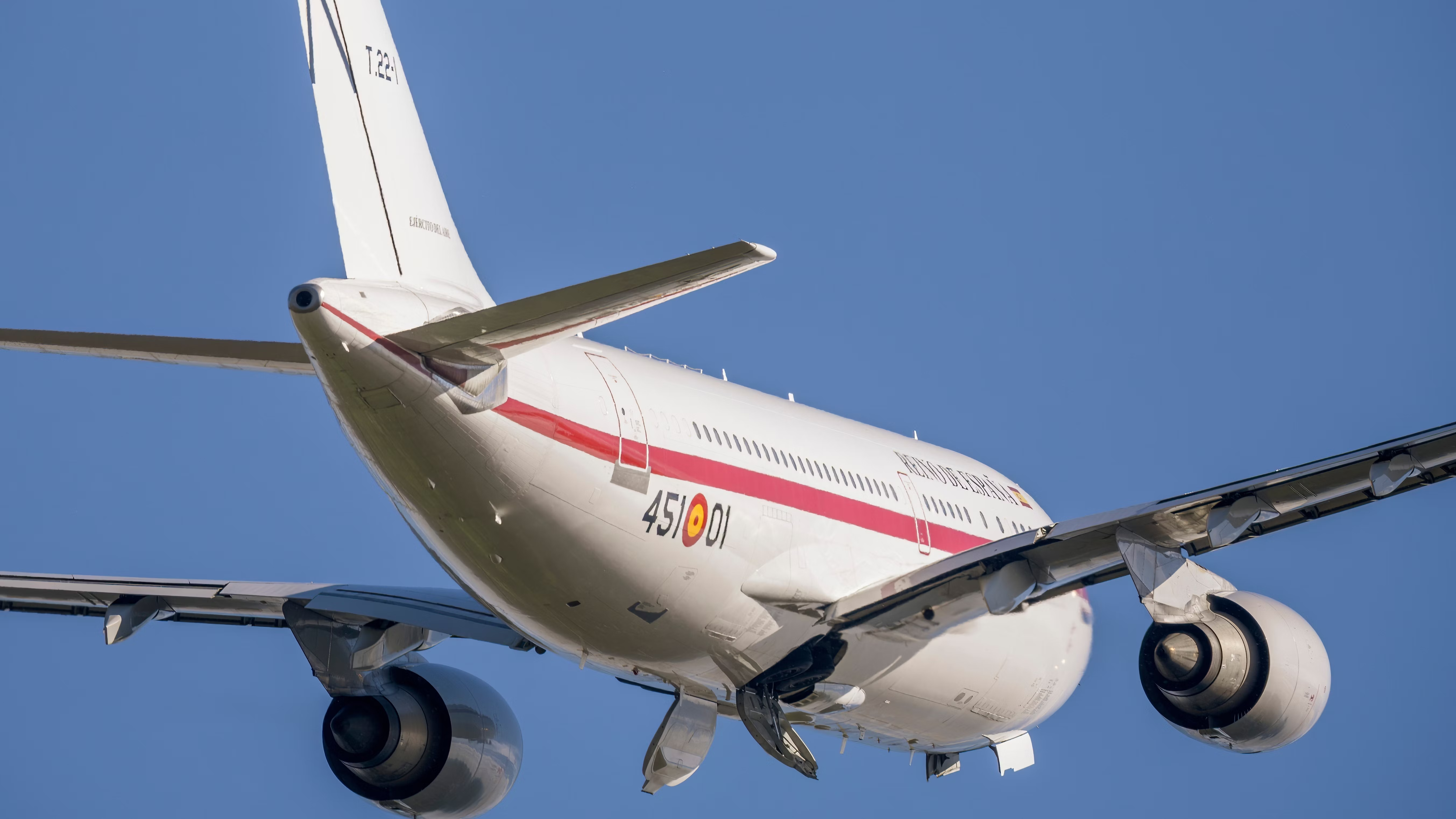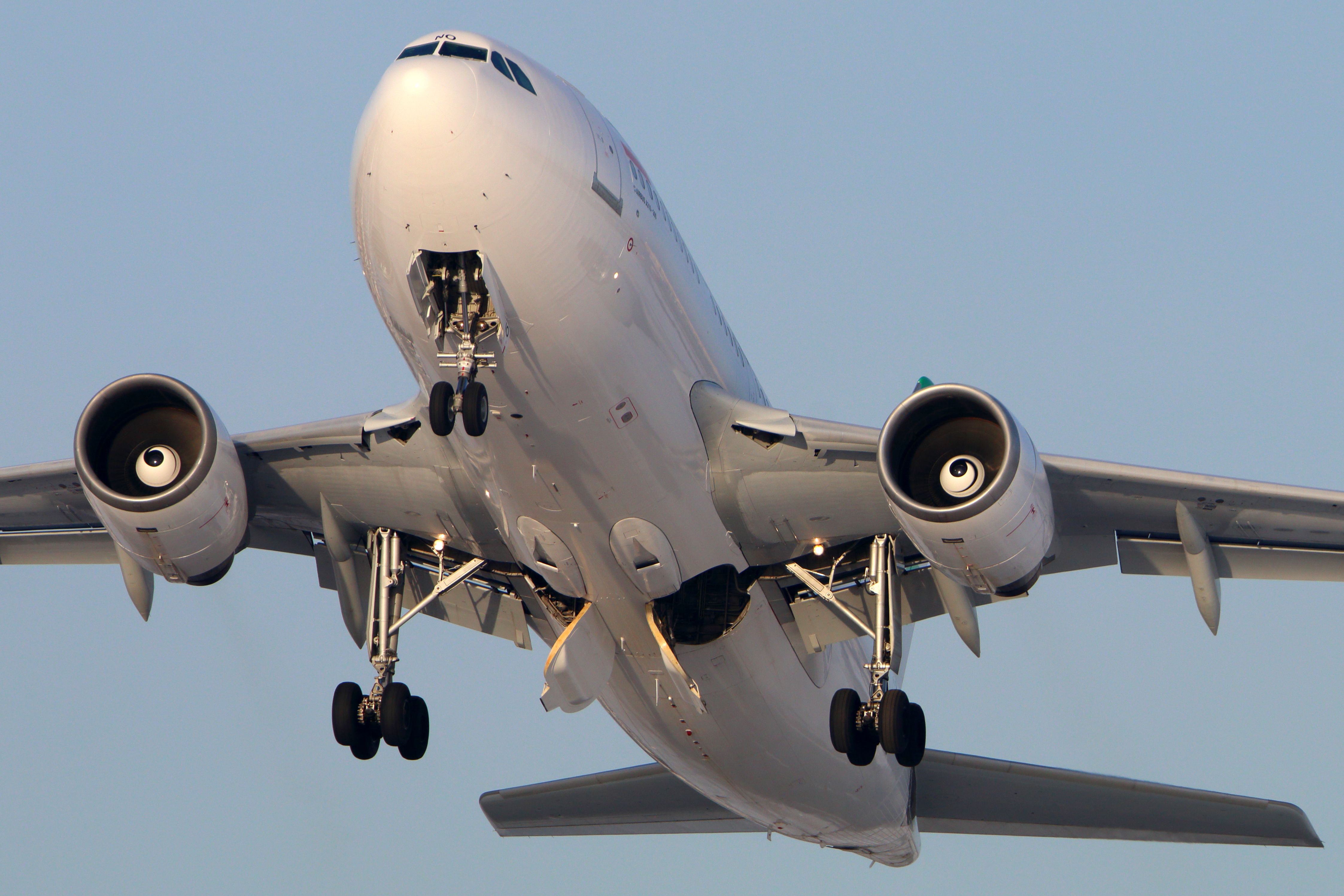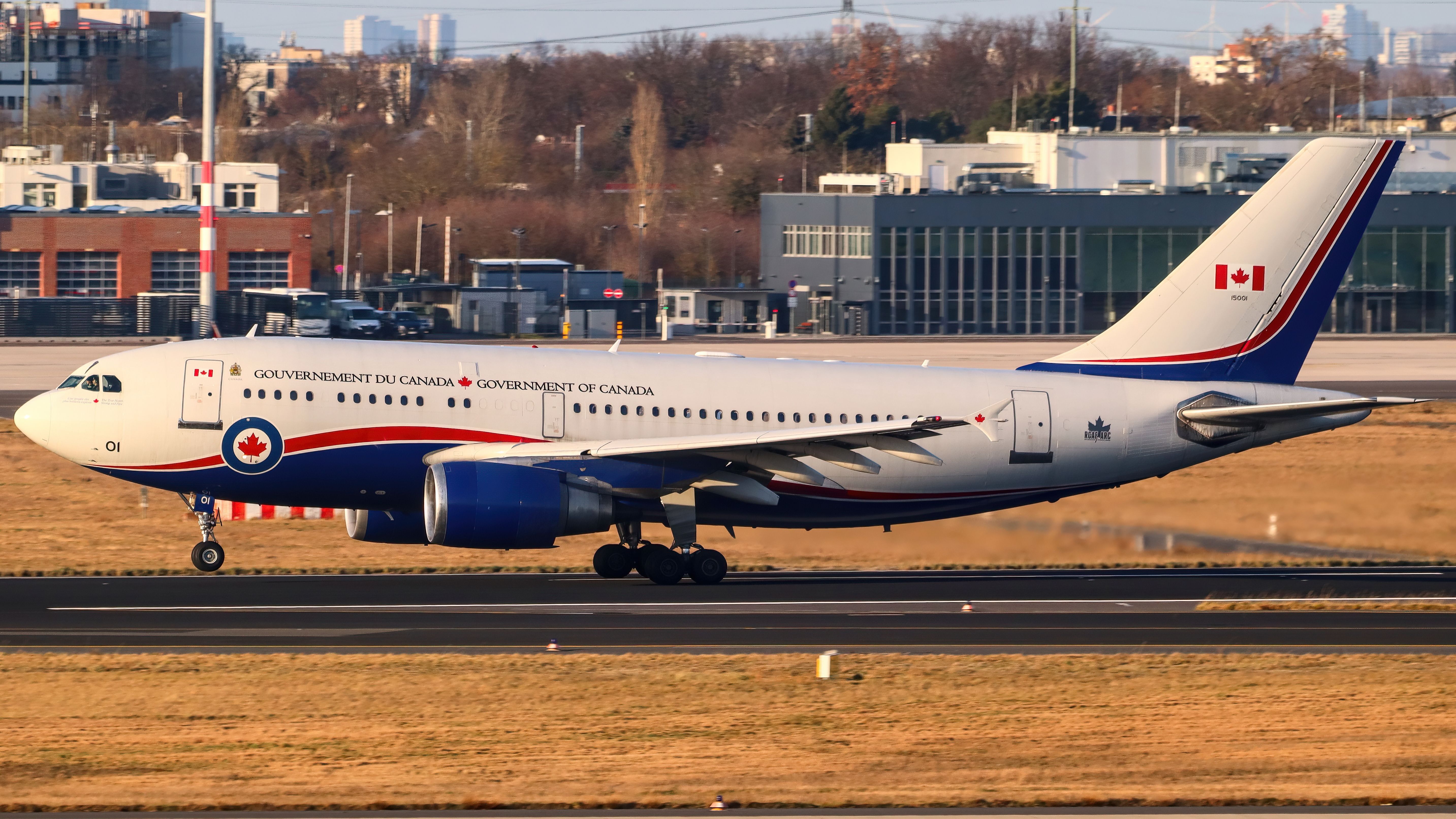Just seven years after Airbus launched its A300, the first twin-engine widebody jet, the manufacturer realized a demand for a smaller variant to make the distance. In 1978, the A310 (initially named the A300B10) was launched and received orders from German and Swiss operators Lufthansa and Swissair. After multiple tests and certification, the A310 entered commercial service in April 1983 for Swissair and challenged the Boeing 767-200 launched just six months prior.
While the A300 remained popular, many of its operators (including Air France, its launch customer) had decided to prefer a long-haul aircraft that could seat less to avail of more increased frequencies and boost airline schedules. The A310 was produced with a 222-inch fuselage cross-section, which was the widest in its segment. This factor allows plenty of room and comfort for passengers on long-haul trips. The plane's extended range and ETOPS regulations made it an excellent solution for transatlantic flights. Overall, during its production, the jet received 225 orders.
With a cabin for up to 230 travelers in a three-class layout, airlines modified these depending on their needs. In addition to being appealing inside, Airbus offered two engine options, including General Electric's CF6-80C2 and Pratt & Whitney's PW4000, which provided a drop in fuel burn alongside lower noise levels and CO2 emissions.
Read the latest Airbus news here.
Six variants were in production.
Six variants of the type were designed. The initial development was the -200, which allowed for the -300 to be produced, which had a better range and became the flagship in the series. The -200C and -300C were convertible models, while the -200F and 300F were cargo specialists. Meanwhile, the A310 MRT/MRTT is a -300C derivative. The -100 was a shorter concept that was never actually produced. With the A310 now in service, manufacturers identified a sizeable market for these mid-range aircraft, leading to further versions. Airlines looking for increased frequency or lower overall flying costs saw the benefits of the aircraft; however, in the long run, it wasn't the best choice.
According to Airbus, it is 46.66 meters long and 15.8 meters tall. Performance-wise, the A310's maximum operating speed is Mach 0.84 (482 knots / 892 km/h). At the A310's peak, it was used extensively for transatlantic operations. The largest aircraft operator was Singapore Airlines, which operated 23 of the type. Lufthansa followed this closely with 20, Pan Am (18), and Turkish Cargo (14), alongside Kuwait Airways and Air France, which both operated 11.
With the introduction of the Airbus A330, production formally ended for the A310 in June 1998, notably nine years before the end of the A300 program, despite the A310 being a younger model. The newer plane didn't sell as well as its predecessor, but the difference wasn't significant considering all the factors. A total of 561 A300s were ordered, which is more than double the total sales of the A310. However, when looking at the production run of both planes, the yearly average between the pair isn't so distinct, with the A300 averaging 15.5 units a year and the A310 averaging 13.5 units.
A step forward in technology
At the beginning of the 1990s, Airbus introduced the A330 and the A340. These two planes caused a shift in the European planemaking industry, and the A330 especially had a direct impact on the A300/A310 program. The original twinjet widebody family inspired it, and it was a massive success following its introduction. Over 1,500 units have been built, and the family is still deployed by several operators across the globe. With the A310 being a middle-of-the-market solution, even the A320 family's rise hindered popularity.
Up front in the cockpit, the A310 represented a significant leap forward compared to the A300. It featured an 'advanced digital flight deck,' which eliminated the need for a flight engineer, which came with such fanfare that its predecessor, the new delivery of the A300, also adopted the same technology.
Love aviation history? Discover more of our stories here
End of the line
Uzbekistan Airways was the final recipient of the A310, having taken delivery of the aircraft on June 15th, 1998 (registration UK-31003). In March 2006, The A300/A310 program was finally wound up in March 2006, with Airbus president and CEO Gustav Humbert emphasizing how the variants shaped the Airbus we know today:
“We are implementing a major production ramp-up across our business as the A300/A310 programme nears completion. This is in response to growing demand from our customers for the newer Airbus products like the A321, the A330/A340 family and the new A350 aircraft, that cover or even go beyond the market segment of our original aircraft programme."
"The A300/A310 programme launched the Airbus success story and with a total of 821 orders it has surpassed all commercial expectations. The spirit behind the A300/ 310 continues into the 21st century, most recently with the A380 and the A350 programmes. I wish to express my sincere thanks and gratitude to all customers and all Airbus employees who have participated over the years in designing, developing, marketing and building these exceptional aircraft."
Airbus' A310 was commonly marketed as a good introduction for widebody operations for developing countries; however, more recently, this has been replaced by the Airbus A330, A350, or B787. Other carriers made good use of the aircraft to suit their clientele. Canadian carrier Air Transat deployed the A310 on routes between Canada and Europe during the 2000s, with courses like Montreal Trudeau to London Gatwick frequently seeing the A310. TS retired the aircraft in 2020, operating its final flight as TS765 from Porto (OPO), Portugal, to Toronto Pearson (YYZ).
Operators today
Today, Iran's Mahan Air is the world's largest operator, with 11 on their books. Only two other passenger airlines are known to operate the aircraft, Ariana Afghan (one) and Iran Air (two). Cargo carriers operate four, which include three at ULS Airlines Cargo and one at Royal Jordanian.
While it's quite the demise of the once 255 in the sky, various countries' armed forces utilize the aircraft, with the most common being the Royal Canadian Airforce, under the 437 Transport Squadron, with a conversion to be the designated as the CC-150 Polaris; the transformation was to enable long-range passenger, freight, or medical transport with the ability for mid-air refueling. Five were once built for the country's armed forces. The French Air and Space Force, German, Mongolian, Pakistan, Spanish, and Royal Thai Air Forces are all presumed to operate the variant.
Fatal accidents
More than a dozen complete hull loss accidents involving the aircraft variant, totaling more than 800 fatalities. In July 1992, Thai Airways TG311 was carrying 99 passengers and 14 crew, when on approach to Tribhuvan Airport in Kathmandu, Nepal, crashed on approach and killed everyone onboard.
More recently, on Christmas Eve in 2015, Congolese company Services Air operated a domestic flight with the Airbus A310-304F, approaching Mbuji-Mayi Airport (MJM), overshot the runway, and crashed into residential houses. Eight people were killed in the incident, alongside nine injured.
The A310 wasn't immune to hijackings either, when in February 1193, Lufthansa was operating LH592 between Frankfurt and Addis Ababa, Ethiopia, via Cairo, and a 20-year-old passenger requested the aircraft be diverted to the United States. The hijacker hoped to request asylum in the US after being deported from Germany to Ethiopia. The flight landed safely at JFK after a 12-hour ordeal, and no passengers were reported injured.
What are your thoughts about the Airbus A310? Have you ever flown on the aircraft over the years? Let us know what you think of the plane in the comment section.




